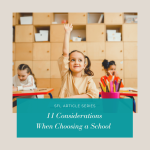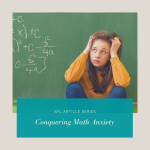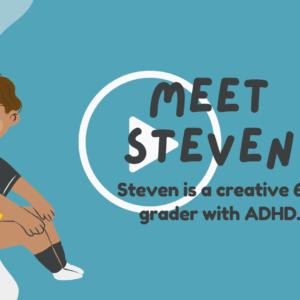No products in the cart.
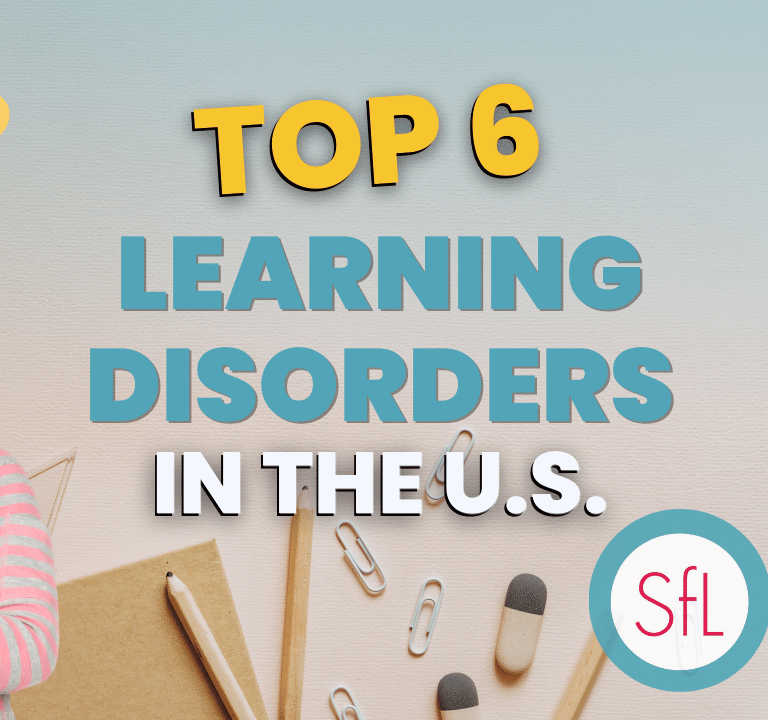
We’ll be counting down the most common learning disabilities in the United States by prevalence rate. We’ll also be sharing some tips and strategies on how to recognize its symptoms and respond effectively. Are you ready? Let’s get started!
#6 Dyspraxia
Coming in at # 6 is Dyspraxia or Developmental Coordination Disorder (DCD), which is estimated by the Dyspraxia Foundation to affect about 5% of learners. Dyspraxia is a neurological disorder that affects a person’s ability to plan and coordinate physical movements. Learners with dyspraxia may have difficulty with tasks that require coordination, such as tying their shoes or riding a bike.
Tips and Strategies: Parents and educators can help their children with dyspraxia by considering alternatives to handwriting, adjusting seating, and breaking down directions. Occupational therapy can also be helpful.
#5 Auditory Processing Disorder
At Number 5, we have Auditory Processing Disorder, possibly affecting up to 5% of learners, though the accuracy of these statistics is up for debate. Auditory Processing Disorder is a specific learning disability that affects a person’s ability to process auditory information. Learners with Auditory Processing Disorder may have difficulty understanding spoken language, following directions, and distinguishing between similar sounds.
Tips and Strategies: Parents and educators can help their children with Auditory Processing Disorder by reducing background noise, speaking clearly and slowly, and using visual aids to support understanding.
#4 Dyscalculia
Number 4 is Dyscalculia, which affects 3-7% of learners. Dyscalculia is a specific learning disability that affects a person’s ability to understand and manipulate numbers. Learners with dyscalculia may have difficulty with counting, number recognition, and basic arithmetic.
Tips and Strategies: Parents and educators can help their children with dyscalculia by providing hands-on activities that involve counting and manipulating objects, using visual aids to support understanding, and providing explicit instruction in math concepts.
#3 ADHD
For number 3, we have Attention Deficit Hyperactivity Disorder (ADHD), affecting 9.8% of learners, age 3-17, according to the CDC. While not technically seen as a learning disorder, ADHD is a neurodevelopmental disorder that can affect a person’s ability to learn. Specifically, a student’s ability to pay attention, control impulsive behaviors, and regulate their activity levels are challenged. Learners with ADHD may also have difficulty staying focused, following directions, and completing tasks.
Tips and Strategies: Parents and educators can help their children with ADHD by providing a structured routine, breaking down tasks into smaller steps, and using positive reinforcement to encourage desired behaviors. Medication and behavioral therapy can also be helpful.
#2 Dysgraphia
Coming in at number 2, which may surprise some people, is Dysgraphia, affecting anywhere from 10-30% of learners. One major caveat is that getting an accurate statistic on this is very challenging given the complex nature of this disorder and the fact that it often overlaps with other learning disorders. One can more accurately say that 10-30% of students struggle with writing. However, we can define Dysgraphia as a specific learning disability that affects a person’s ability to write. Learners with dysgraphia may have difficulty with handwriting, spelling, and organizing their thoughts on paper.
Tips and Strategies: Parents and educators can help their children with dysgraphia by providing extra time for writing tasks, allowing the use of assistive technology such as speech-to-text software, and providing explicit instruction in handwriting and spelling.
#1 Dyslexia
Finally, the Number 1 learning disorder according to most current research is Dyslexia, affecting anywhere from 5-20% of learners. Dyslexia is a specific learning disability that affects a person’s ability to read. Learners with dyslexia may have difficulty with phonemic awareness, decoding, fluency, and comprehension.
Tips and Strategies: Parents and educators can help their children with dyslexia by providing explicit instruction in phonemic awareness and decoding skills, using multisensory teaching techniques, and providing access to audiobooks and other assistive technology.
And there you have it! The most common learning disabilities in the country. If you or someone you know struggles with any of these disabilities, know that you’re not alone! There are many strategies and resources available to help you succeed.
Watch Video
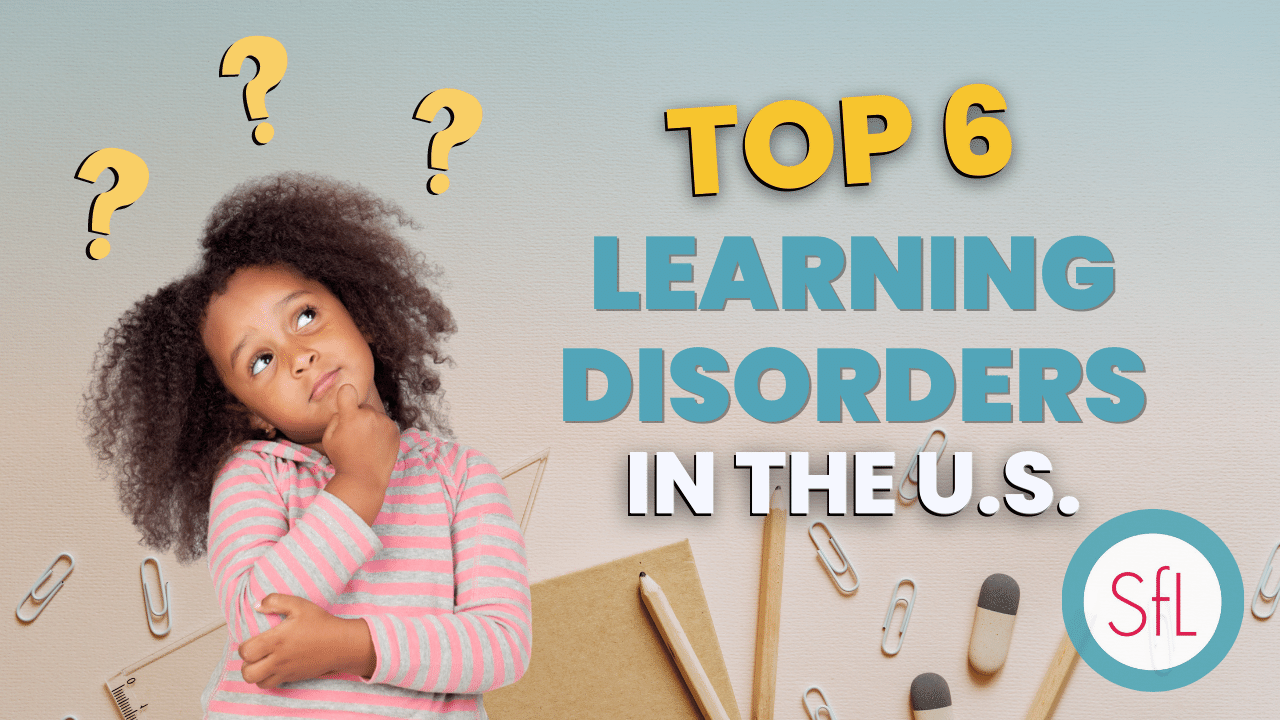
Additional Resources:

